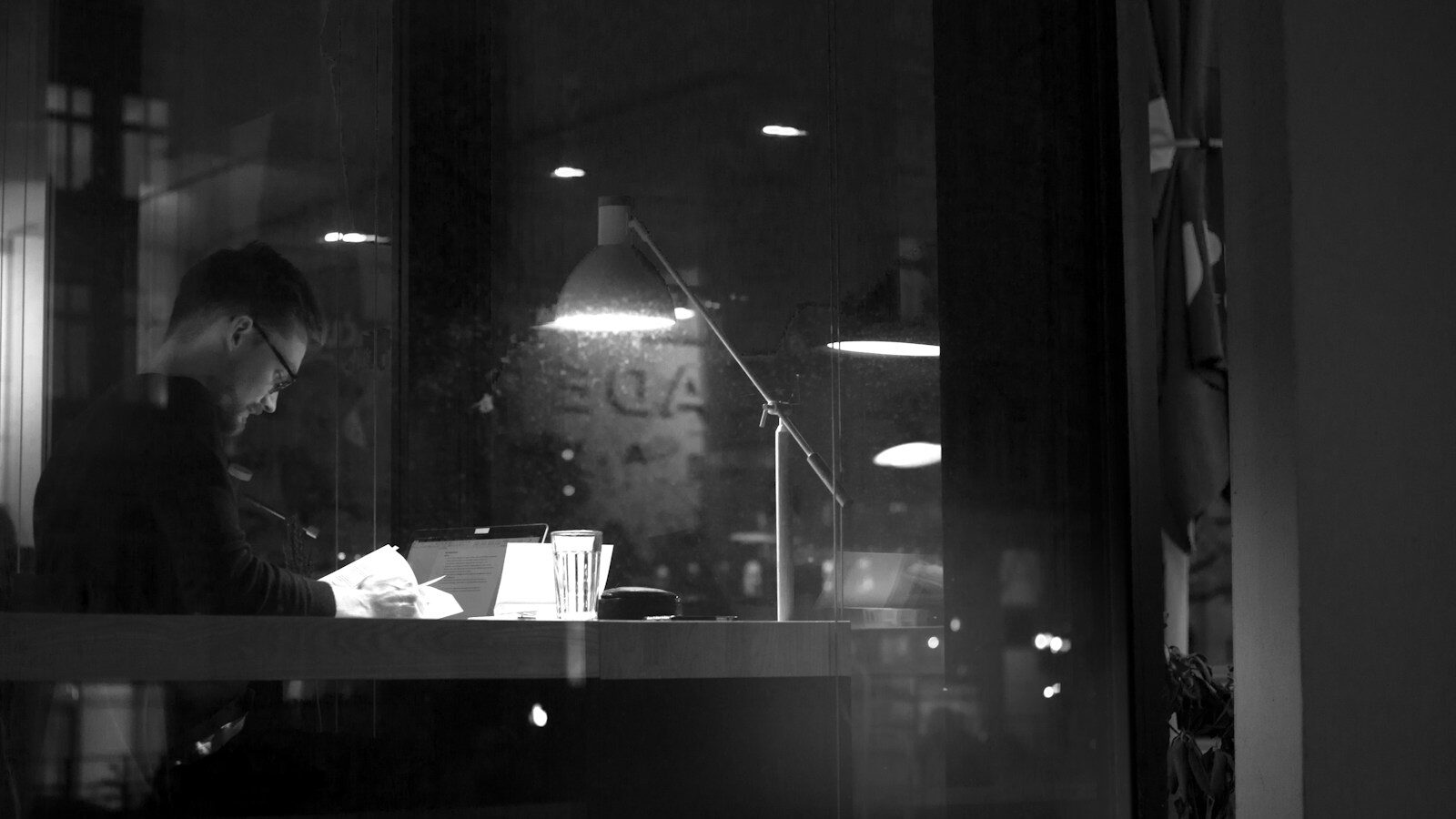According to a recent survey[1], six in 10 companies already conduct video interviews. There is no reason to expect this figure to decrease in the future. Benefits of using video technology for employment interviews are obvious: recruiters save travelling expenses and enhance productivity by interviewing more candidates in less time.
Also, so-called pre-recorded video interviews help avoid scheduling conflicts when recruiter and candidates are separated by oceans, time-zones, and tight schedules.
Nevertheless, one question remains: Are there any drawbacks of video technology? Are we – in the worst case – sacrificing accurate judgements for the sake of efficiency?
Everyone would agree that talking to a person face-to-face is different from talking to someone via Skype or any other videoconference application. Everybody would also agree that it is not the same to judge someone based on a recorded video sequence compared to the judgements we make when somebody is sitting in front of us.
Why is that? Actually, as soon as we put some kind of technology between two or more people that are communicating, something changes. The degree of ‘social presence’ – the level of how an individual is perceived as really being there is changing. The mental load and the degree of giving each other immediate feedback is different[2].
How perceived distance influences candidate evaluation
Physical space has no exclusive right on claiming that something is far away. There is also a “psychological distance” that refers to a perceived distance. Perceived distance grows with a lower degree of interactivity, which is often determined by bandwidth size. That means, the lower the bandwidth, the higher the perceived distance. The effect of this distance is the tendency of people to interpret information more based on theory than on the situation.
OK, that is a bit abstract, so what does this mean for an employment interview? If a candidate gives a poor answer face-to-face, the interviewer is more likely to attribute it to the situation, for example to the excitement of a candidate. We all know that interviews cause stress. With higher distance, however – caused by the video application – interviewers tend to attribute a poor answer more to the candidate and their skills and knowledge.
The less bandwidth a device has, the lower its degree of interactivity will be and the more task-oriented we will get. Small talk, or relationship-oriented communication, become less important as it is harder to encode non-verbal communication cues and react immediately on them. As a result, we keep small talk short and move on quickly to the objective of a conversation.
In summary, when psychological distance grows, we become more critical towards candidates and get to the point faster.
Are we making better judgments based on video?
As soon as we use recorded video technology, or one-way interviewing, one major part of communication is missing – interactivity or the ability to give immediate feedback.
What does that mean for the way we make ratings or judgements?
A research group conducted by Van Iddekinge from Florida State University[3], USA, as well as a recent study from Humboldt University in Berlin, Germany[4], found that the agreement between several independent raters is higher when rating candidates in pre-recorded interviews than when rating them in a face-to-face interview.
Let’s take sport as an example: The referee will make more accurate judgements when seeing a situation on video that he can watch again and again. Making judgements on the field can be difficult because he is surrounded by other influential factors. He will not be able to fully concentrate on the issue.
We are only humans, so let’s outsmart our mind
Coming back to the interview, keeping a formal conversation on track requires attention, awareness and self-control, which are limited resources. Social psychologists call this ego depletion[5]. This depletion can result in a decrease of concentration. Research shows that the degree of ego depletion in face-to-face interviews is higher than in pre-recorded video interviews because you have to deal with many situational factors. As a result, you will be less able to focus on relevant information. As we said, human cognitive resources are quite limited. Reducing cognitive load helps to focus on the essentials. Video can help reduce this cognitive load.
What about cheating?
Cheating is a big issue when it comes to the employment interview. The motivation for candidates to make a slightly better impression is understandable. Two popular tactics are to portray things as better than they actually are and to ingratiate with the recruiters. Unfortunately, there is not much research on cheating in face-to-face situations compared to cheating in video interviews. Some evidence suggests that candidates are less motivated to cheat when technology is between them and the recruiter. The reason is that social presence and direct eye-connection create social pressure.
Adverse impact and how to reduce it
Adverse impact refers to employment practices that seem to be neutral but actually have a discriminatory effect on a protected group. So, when using video interviews in pre-selection, is there a risk of adverse impact? Are video interviews discriminatory?
Study findings are very clear[6][7]: It is not the medium itself that causes adverse impact. It is the structure, or should we say, lack of structure. In this context, structure refers to the degree in which the content of questions and the rating formats are standardised. A high level of structure enforces rating job-related criteria. You stay focused on the essentials, i.e. assessing a candidate’s competencies. Therefore, a well-structured interview with defined job-based criteria reduces adverse impact. Research found that structured interviews prevent biased judgements.
Pre-recorded interviews are often in a structured format, thus enabling a standardised video interview process for every candidate and preventing adverse impact.
When should we talk face-to-face to each other?
Communication via video or any other intermediating technology can reduce the power to guide a conversation in the way we want to. Bad connection like low bandwidth or missing non-verbal cues can also lead to misunderstandings, because we are not able to immediately correct obvious misinterpretations. Some misinterpretation might be banal, others might have important consequences. Therefore, you should definitely ensure a face-to-face conversation takes place when it comes to crucial situations like negotiating the salary or telling an internal applicant that he will not get the promotion .
Can we calculate the benefit of using video technology for employment interviews?
Yes we can. First, you ensure you use a structured interview format, using sophisticated questions like situational questions, standardisation of ratings and consistency of administration. If you do, video interviews will be a very useful method to reliably assess a candidate’s job and organisation fit, giving insights into their future job performance (validity) and enabling fair evaluation based on standardised ratings.
When the focus in pre-selection lies on checking basic requirements, the usage of video technology can bring additional benefits in forcing recruiters to focus on the competency criteria they defined, and enhance the decision quality for later stages.
Finally, video will show its impact on decreasing cost-per-hire and time-to-hire without hidden costs.
Do we sacrifice accurate judgements for efficiency using video interviewing?
To conclude, we return to our starting point; we have seen that our judgements are influenced by the kind of communication that we are choosing: video technology makes us judge people differently than face-to-face communication. So you must be smart when using video-technology and match it to the purpose.
Conducting interviews via video technology is more task-focused. If the objective of an interview is to get a first impression on basic qualification criteria, it will be the right choice to save some time and money. For pre-selection purposes, it will even help to focus more on required knowledge, skills, and other abilities.
If competency dimensions are well defined, pre-recorded video interviews can help focus on the essentials in reducing mental load. If the focus lies on more relationship-based objectives like critical decisions and negotiations, you should go for the face-to-face interview. The level of structure is crucial for avoiding hidden costs.
[2], D. (2008). A conceptual framework for the role of the administration medium in the personnel assessment process. Academy of Management Review, 33(3), 629-648.
[3] Van Iddekinge, C. H., Raymark, P. H., Roth, P. L., & Payne, H. S. (2006). Comparing the psychometric characteristics of ratings of face-to-face and videotaped structured interviews. International Journal of Selection and Assessment, 14(4), 347 – 359.
[4] Van Iddekinge, C. H., Raymark, P. H., Roth, P. L., & Payne, H. S. (2006). Comparing the psychometric characteristics of ratings of face-to-face and videotaped structured interviews. International Journal of Selection and Assessment, 14(4), 347 – 359.
[5] Baumeister, R. F., Bratslavsky, E., Muraven, M., & Tice, D. M. (1998). Ego depletion: Is the active self a limited resource? Journal of Personality and Social Psychology, 74(5), 1252-1265.
[6] Kutcher, E. J., & Bragger, J. D. (2004). Selection interviews of overweight job applicants: Can structure reduce the bias? Journal of Applied Social Psychology, 34(10), 1993-2022. doi: Doi 10.1111/J.1559-1816.2004.Tb02688.X
[7] HU Studie Link








